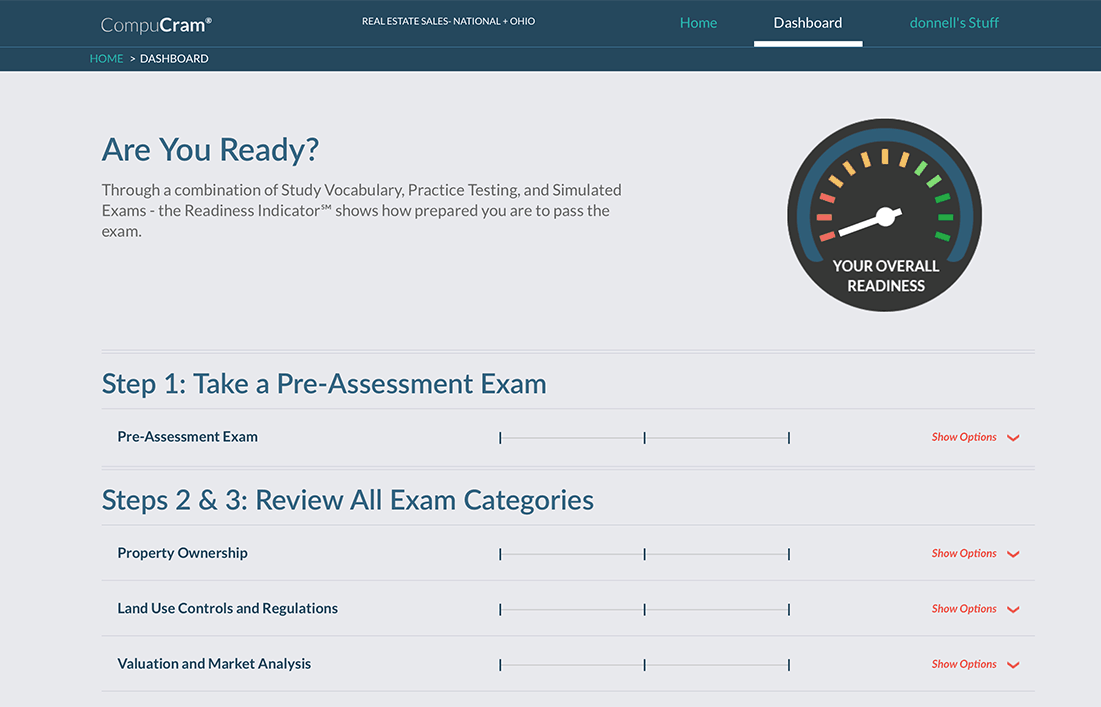

If you did know, you might skip them, and we wouldn’t get our data! We do this to protect the statistical analysis process. It’s important to note that as a candidate, you won’t know which questions are unscored. Once we have enough data to measure a question’s performance, we determine if next steps include promoting the question to scored status for future candidates. The way we compute the relative difficulty is by the percentage of candidates that answer correctly, and we need a large sample size to make that determination. Because they are new, we don’t have enough statistical data to gauge their difficulty. The unscored items are newly developed questions that are being evaluated. Evaluating item-level difficultyĮach exam also contains a number of unscored questions that don’t count toward your raw score. For example, while the questions are completely different on our current AWS Certified Solutions Architect – Associate exam (SAA-C02) than the previous version (SAA-C01), the passing score is still 720.

For the Associate-level exams the passing score is 720 and it is 700 for the Foundational exam.Īnother reason we use scaled scoring is to ensure candidate scores are consistent between exam versions. Since the knowledge and skills tested on these exams are vastly different, the passing raw scores are different.

Because Form B is more difficult, it would have been unfair to candidates who saw those more difficult questions unless the raw passing score was adjusted.įor AWS Certification exams, 750 is the passing scaled score for all Professional-level and Specialty exams. The same scaled score represents the same level of knowledge, regardless of the number or difficulty of the questions answered.Īs you can see below, since Form B has more difficult questions than Form A, the candidate taking Form B needs to answer fewer questions correctly to receive the certification. While each form is built to the same specifications, the overall difficulty of the questions may vary slightly, so we use scaled scoring to provide comparability in reporting across the forms. Different candidates may test on different forms when completing their exams. Scaled scoring is commonly used when there are multiple sets of questions-or forms-for the same exam.

However, since this is a scaled score, the 836 does not mean that the candidate answered 83.6 percent of the questions correctly. The report also shows that the possible scores can range from 100 to 1,000. In this example score report, the candidate achieved a score of 836 and was awarded the certification because the passing score is 750. Getting your scoreĪfter you take an AWS Certification exam, you can access your score report through your AWS Certification Account.
#PSI EXAMS SCORE REPORT HOW TO#
This blog post will provide insight into scaled scoring and how to understand your AWS Certification exam score. Scaled scoring is common across higher-education readiness testing, and it’s also how we score AWS Certification exams.ĪWS Certification candidates often ask what scaled scoring means, and specifically, what their scores mean. This is because the SAT score is a scaled score, which is different than a raw score. What does a 720 mean? Why is the scoring range from 200 to 800? I suppose it’s a pretty good score because it’s closer to 800 than 200, but does that mean you correctly answered 72 percent of the questions? Easy!īut then came the college readiness exams. If the exam said 92 at the top, you knew that meant you received 92 percent of the possible points. Remember how simple grades were in our early school days? 90 to 100 percent correct equaled an A, 80 to 89 percent equaled a B, etc. Your feedback helps us continue create content you value.*** ***Please take a few minutes to share your thoughts about the AWS Training and Certification Blog.


 0 kommentar(er)
0 kommentar(er)
